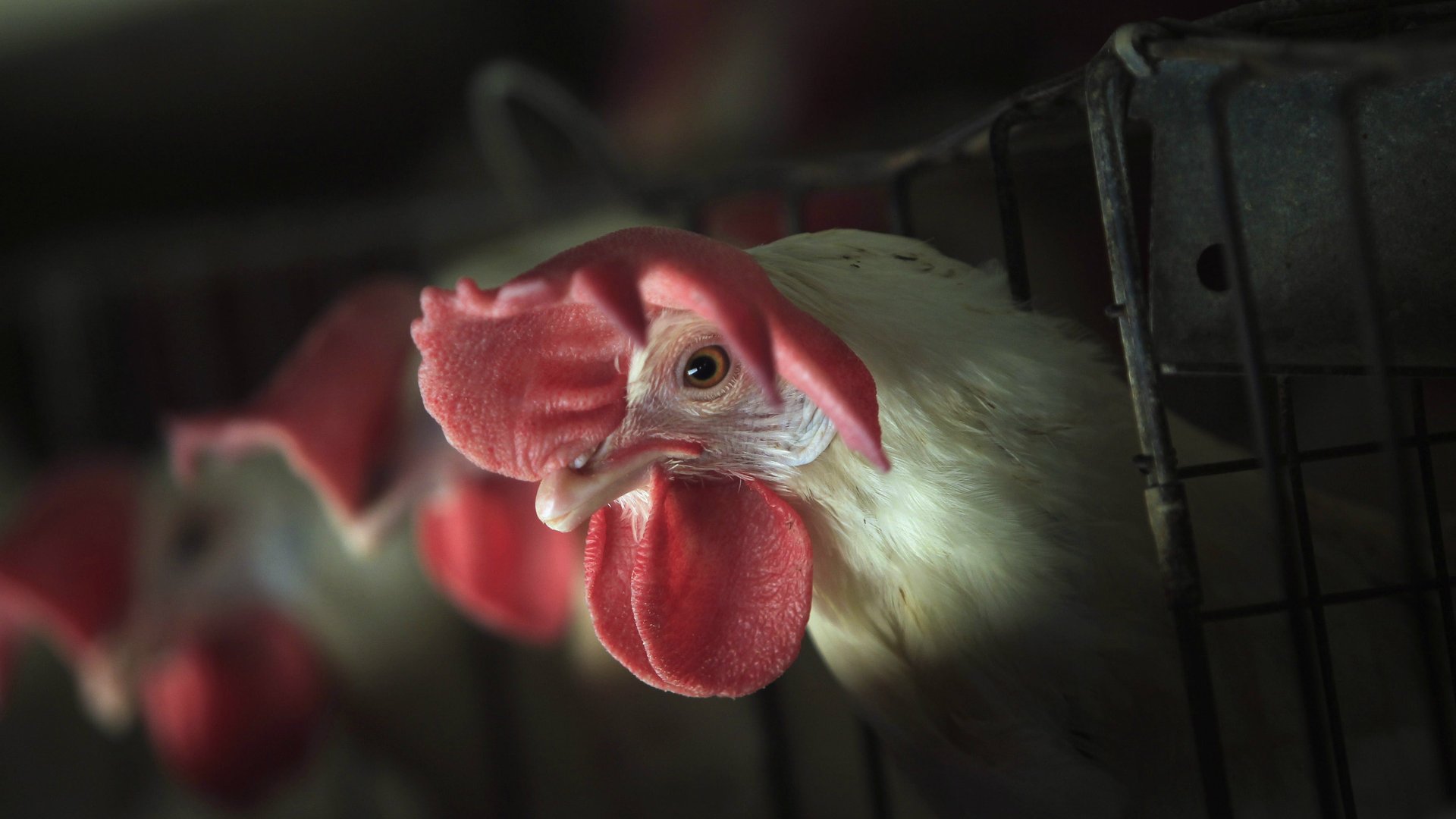The same bird flu that wiped out millions of US egg laying hens is back
The US poultry industry is on high alert after the US Department of Agriculture on Jan. 9 announced a dangerous strain of H5N2 avian influenza was discovered on a duck in Fergus County, Montana.


The US poultry industry is on high alert after the US Department of Agriculture on Jan. 9 announced a dangerous strain of H5N2 avian influenza was discovered on a duck in Fergus County, Montana.
Word about that particular strain of bird flu is enough to trigger nightmares for many American egg farmers, who suffered more than $1 billion in losses over six months after the virus spread from migratory birds and into their flocks in 2015, killing more than 48 million hens in 223 separate outbreaks across the country. During that period, egg prices surged by as much as 31%.
“This finding serves as a powerful reminder that there is still [avian influenza] circulating in wild birds, and producers and industry need to continue to be vigilant about biosecurity to protect domestic poultry,” said Jack Shere, the government’s chief veterinarian.
The virus outbreak in 2015 caused US trading partners to ban American egg exports. Revenue for the poultry industry dropped $400 million, or 14%, in the first half of that year compared to the previous year, according to the USDA’s Foreign Agricultural Service. US congressional leaders held hearings to discuss how to improve poultry barn biosecurity, and the USDA dispatched investigators into midwest and southern states to assist in installing protective measures.
This time around, the egg industry says it’s cautiously optimistic about measures taken to protect against the virus. Those include restricting the number of people with access to egg farms, preventing hens from being exposed to wild birds and their droppings, increasing veterinary monitoring of flocks, and using protective gear when working around hens, said United Egg Producers president Chad Gregory .
“Consumers should know that avian influenza cannot be transmitted through safely handled and properly cooked eggs and poultry,” Gregory added.
The virus is particularly threatening because of how easily it can be transmitted. Excrement from infected migratory fowl flying above farms and barns can seep through cracks in barn roofs. Farm workers can track it into barns with dirty shoes, and farm trucks can even carry it on dirty wheels. If one bird is found to be sick, farmers must then destroy the entire flock, often by gassing hundreds of birds to death at once.